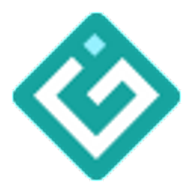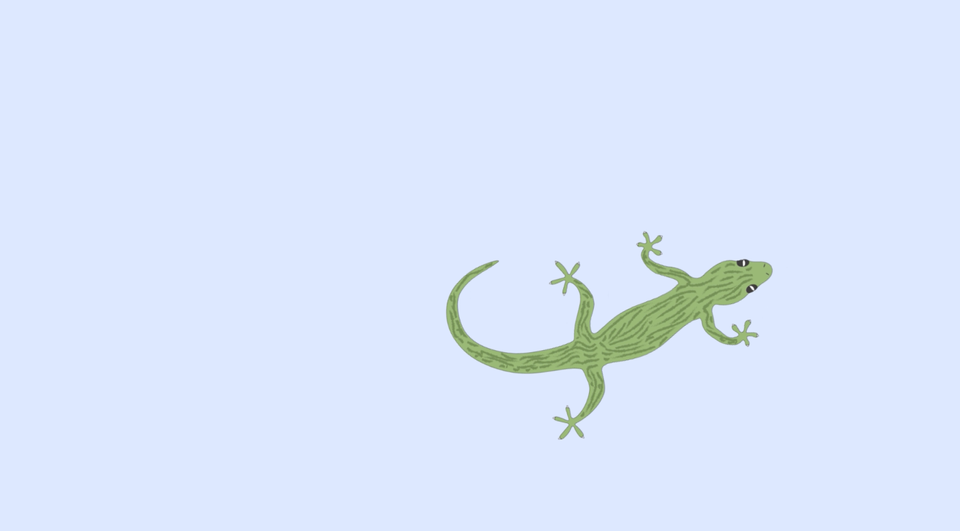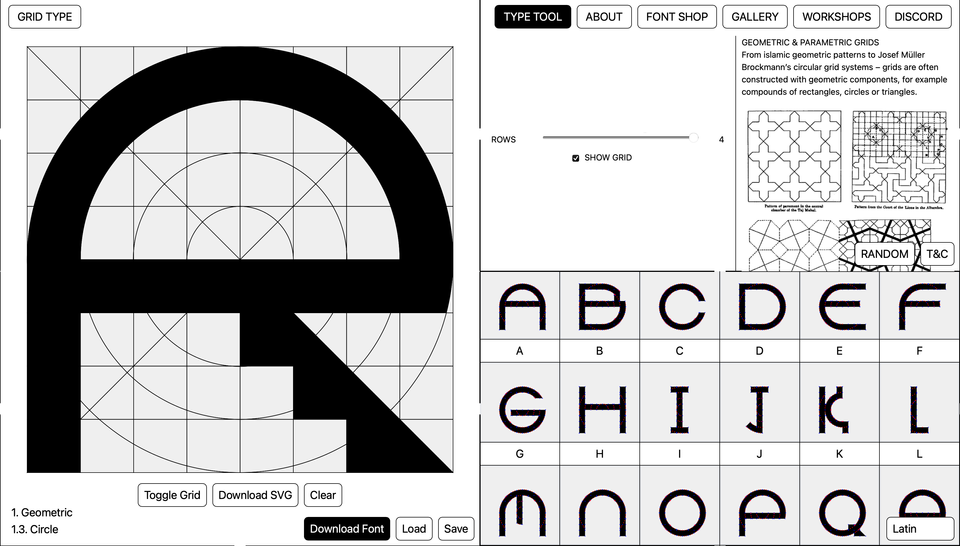5.1 New Technologies Reflection
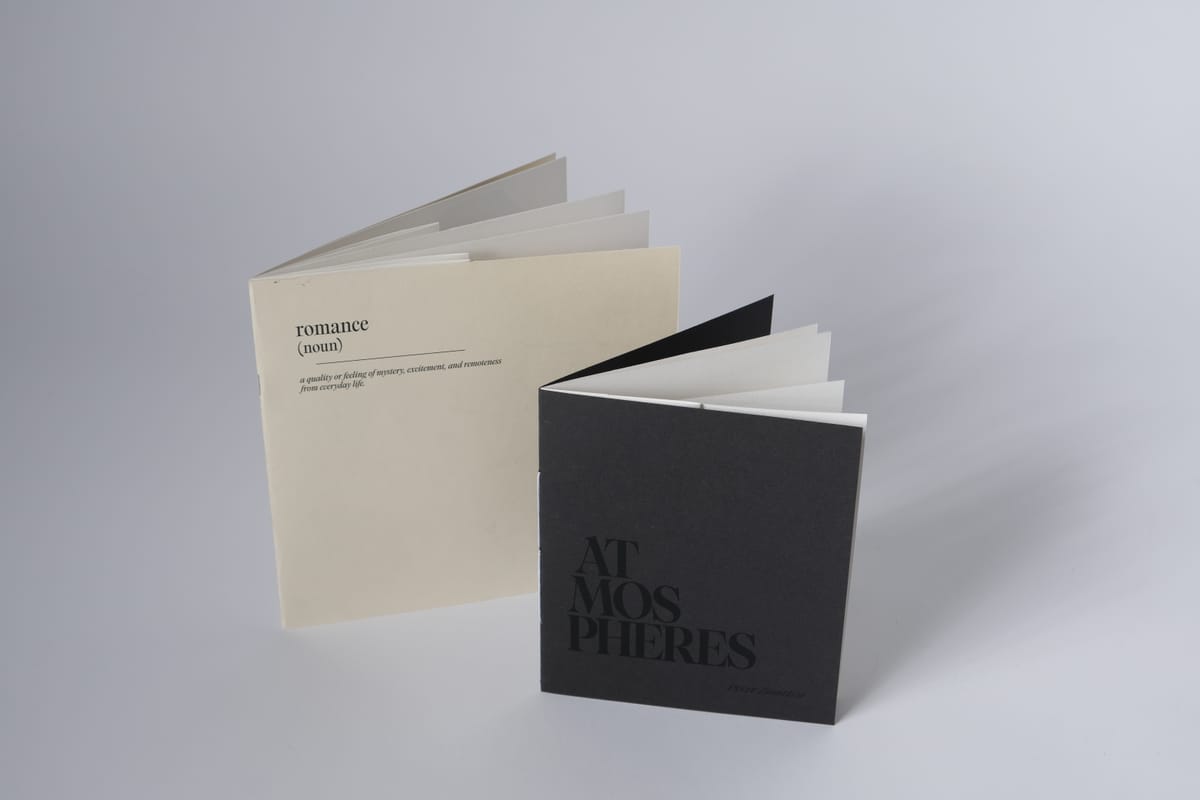
For the 5.1 typography module, I had to create a type specimen based on the Prangram Prangram typeface, Editorial Old. This was made in InDesign and then into a physical document focusing on the format to help show the atmosphere, e.g. folds and cuts.
After looking at new and different technologies in the seminar, I realised a lot could be done to develop my original project. I'd already saved the specimen in a digital format. However, I could've used movement and motion graphics to add a more interesting take on the font. An example is the motion type project, which animates different letters and glyphs. This would've been beneficial to the project to show the character and highlight key elements of the typeface design.
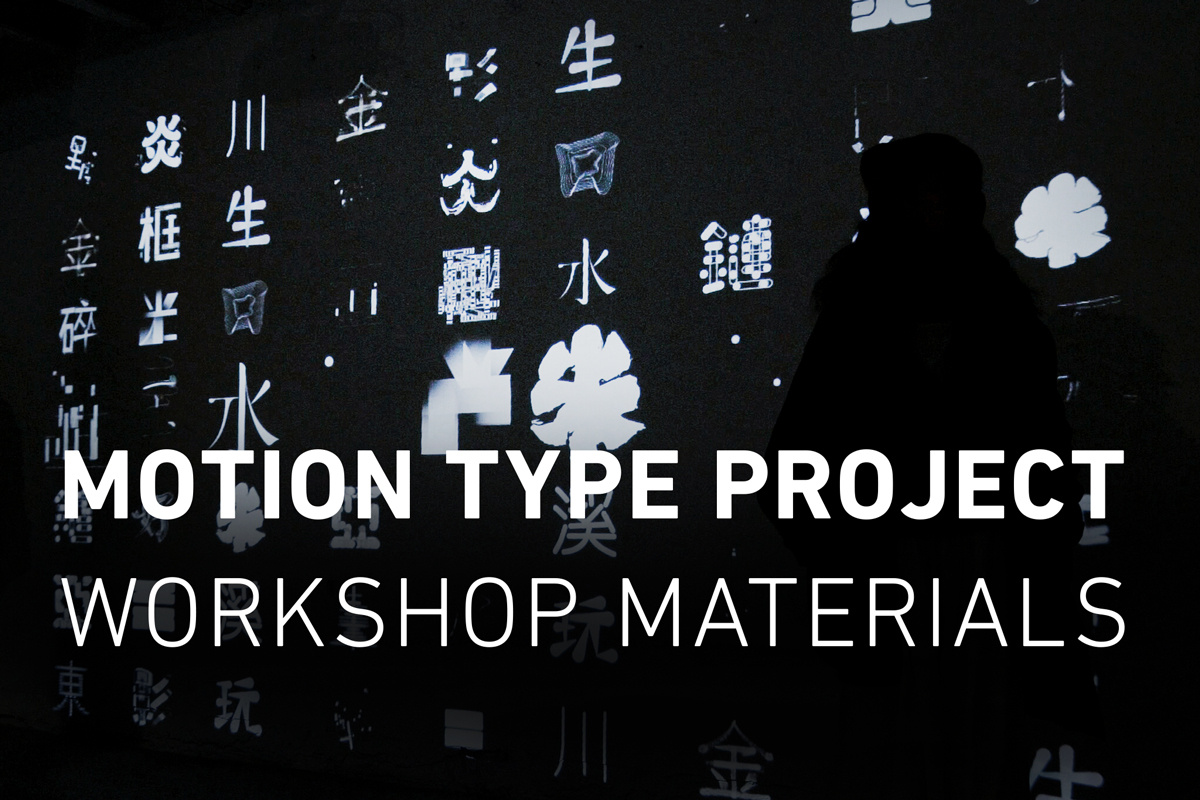
Another technology that I thought would link well into the 5.1 project is the interactive element in Jocelyn Zhao's TextLoom. This was an immersive experience in which people would type their own words using her programming. This would've brought the typeface to life and let the public play with it on a large scale. On the other hands, this would've only worked for specific characters in the specimen and wouldn't have shown off the project as a whole.
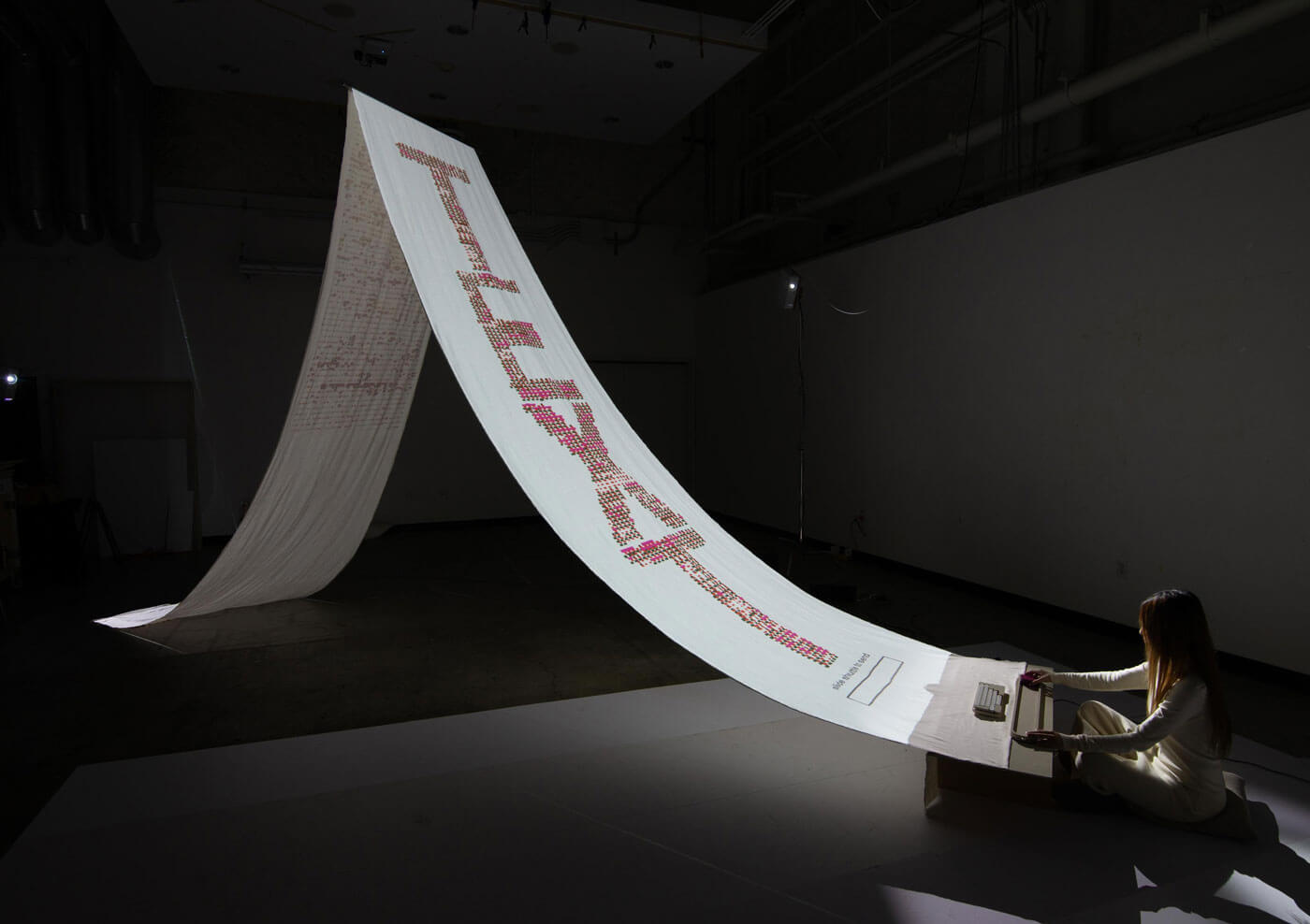
Finally, a technology similar to the motion type project, was to incorporate hyperspace AR onto different pages. This is where you would scan each page of the specimen and it would come to life with added animations and movements, making the final outcome more interactive and rememberable. It would also allow you to zoom in on sections, or an audible description of the page for those visually impaired.
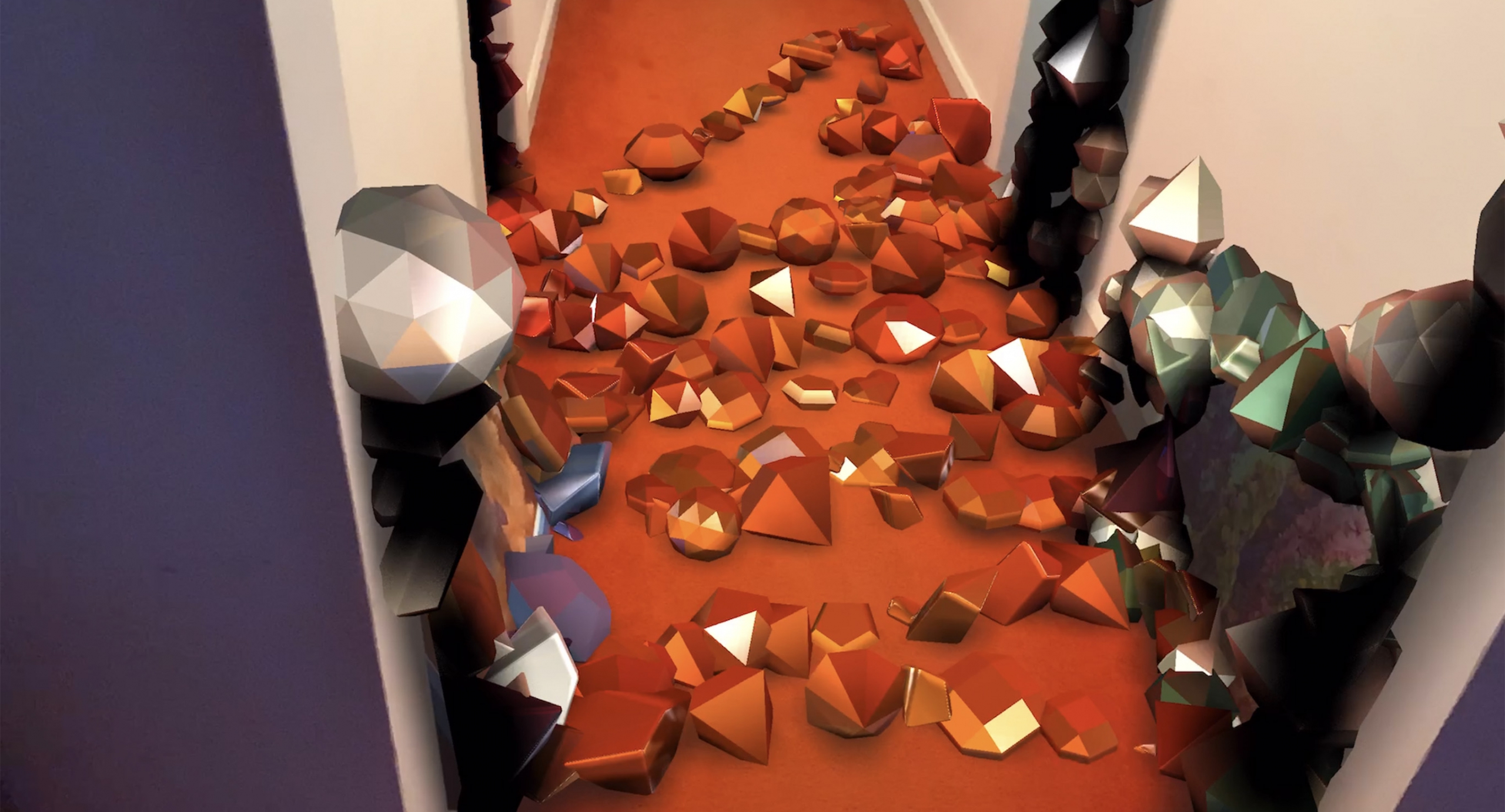
Now learning about these different technologies, it will alter my approach to new projects to see how I can make them stand out and be more exciting and immersive. It'll also make me think about how I can make my work more inclusive to certain groups of people, e.g. deaf or visually impaired.
